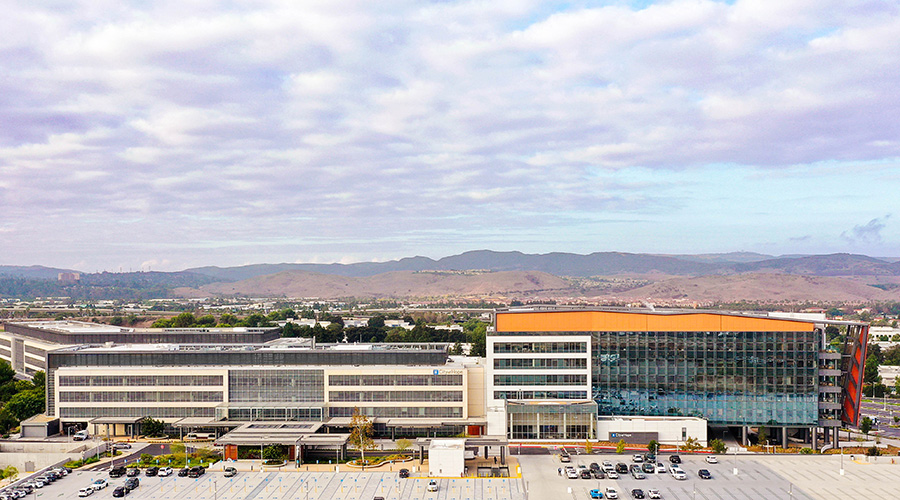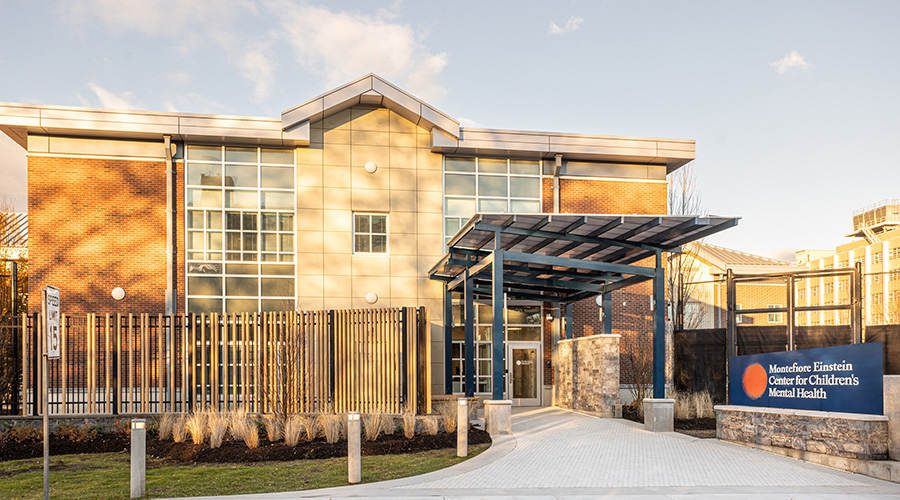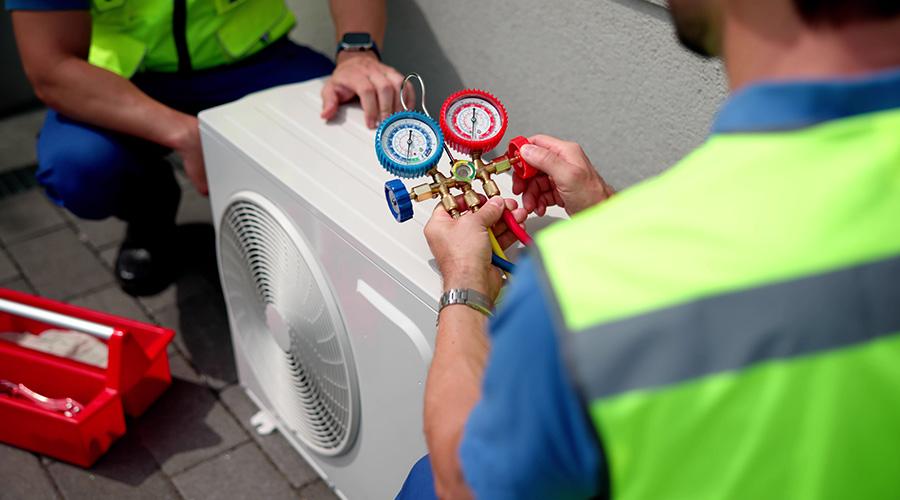Healthcare facilities and other institutional and commercial buildings are central to addressing energy use and reducing greenhouse gas emissions. To enhance resilience and mitigate the impacts of climate change, facilities rely on robust energy codes that set emission reductions goals or establish zero-energy building targets. To aid with these efforts, the U.S. Department of Energy (DOE) recently released several code-related resources.
The DOE and its Pacific Northwest National Laboratory issued multiple resources furthering the case for adoption of up-to-date energy codes, including national and state-level analysis on cost savings. For example, if all states updated to the 2021 International Energy Conservation Code (IECC) more than 22,000 jobs will be created in the first year and more than 632,000 jobs over 30 years. Building energy codes are projected to result in $138 billion in energy cost savings or 13 quads of primary energy savings, equivalent to 900 million metric tons of avoided carbon emissions, from 2010 to 2040.
These resources support the Code Council’s Code on a Mission campaign, which aims to get 115 million people covered by energy codes that meet or exceed the requirements of the 2021 IECC by the end of 2023. The campaign toolkit helps support adoption, including references to resources developed by the DOE, national labs and supporting organizations.
In addition to the IECC support resources, the DOE has recognized that communities are looking for guidance on additional greenhouse gas reduction policies. The Code Council Board of Directors identified a similar need in the new energy efficiency and GHG reduction framework released in March, Leading the Way to Energy Efficiency: A Path Forward on Energy and Sustainability. Under the framework, the Code Council will produce resource documents to assist communities in implementing policies alongside their adoption of the IECC and International Green Construction Code.

 State of the Facilities Management Industry in 2025
State of the Facilities Management Industry in 2025 City of Hope to Open New Cancer Specialty Hospital in California
City of Hope to Open New Cancer Specialty Hospital in California Montefiore Einstein Opening New Inpatient Center for Youth in the Bronx
Montefiore Einstein Opening New Inpatient Center for Youth in the Bronx Skill Stacking: How Micro-Credentials Are Reshaping Trades
Skill Stacking: How Micro-Credentials Are Reshaping Trades Prima Medicine Opens New Location in Tysons, Virginia
Prima Medicine Opens New Location in Tysons, Virginia